Diseases & Treatments, Health & General Care
Cushing’s Disease in Pets
Topics covered in this article:
- Increased Thirst and Urination in Cushing’s Disease in Pets
- Skin and Hair Changes in Cushing’s Disease in Pets
- Behavioral Changes in Cushing’s Disease in Pets
- Pot-Bellied Appearance in Cushing’s Disease in Pets
- Diagnostic Methods for Cushing’s Disease in Pets
- Conclusion
Cushing’s disease in pets is one of the most common hormonal disorders in dogs and cats, especially in older animals. It occurs due to the excessive secretion of cortisol in the body, usually stemming from the pituitary or adrenal glands.
Although its symptoms can often be mistaken for aging, early diagnosis and proper treatment can greatly enhance an animal’s quality of life. Cushing’s disease in pets typically progresses slowly and silently, sometimes taking months for symptoms to appear. Some of the signs include frequent urination, increased thirst, behavioral changes, and hair loss. In this article, we’ll explore the major signs, diagnostic methods, and management options for this disease. A deeper understanding of Cushing’s disease in pets can help owners detect the signs early.
Early detection can prevent damage to vital organs. A tailored diet and regular checkups under veterinary supervision are also essential. Our goal is to raise awareness about Cushing’s disease in pets and improve the care we provide for our furry companions.
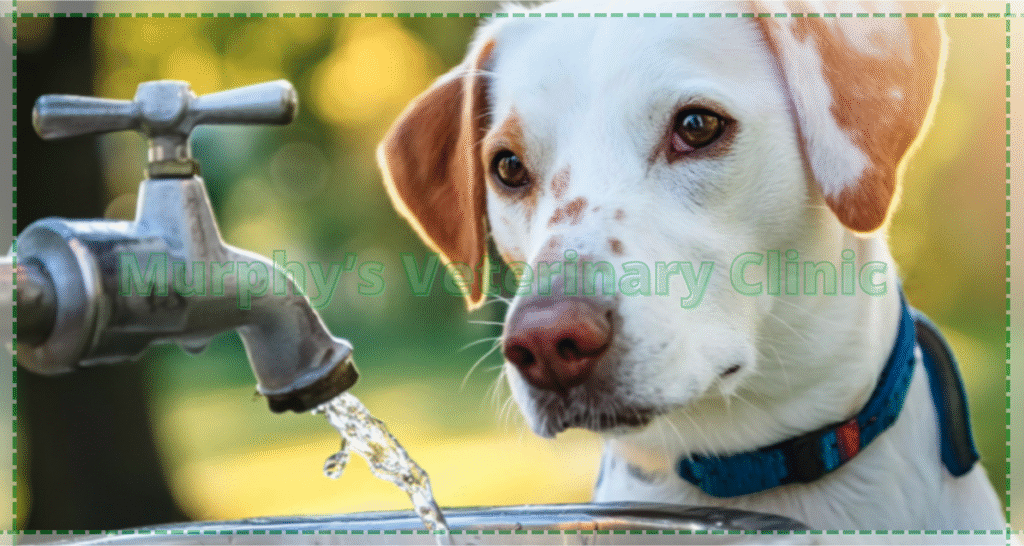
Increased Thirst and Urination in Cushing’s Disease in Pets
High cortisol levels affect kidney function, leading to frequent urination and constant thirst. This is often among the first signs noticed in affected pets. It may also cause incontinence or indoor accidents. If left unchecked, dehydration and kidney damage may follow.
A thorough exam and blood/urine tests are required for proper evaluation. The condition can be managed with medications and dietary changes.
- Frequent daytime and nighttime urination
- Excessive drinking without physical activity
- Indoor urination or accidents
- Increased strain on the kidneys
- Possible secondary diabetes
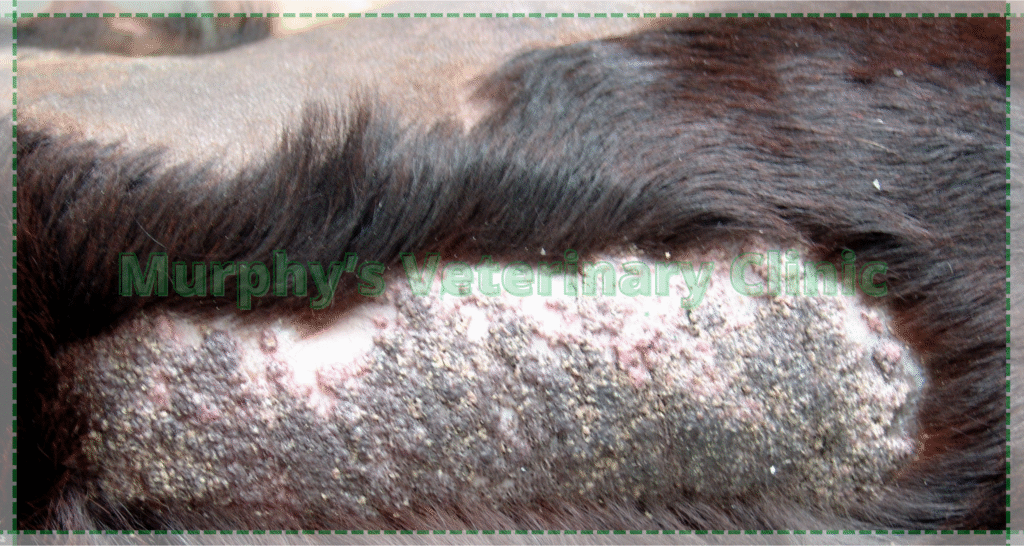
Skin and Hair Changes in Cushing’s Disease in Pets
Cortisol weakens skin tissue and disrupts the natural hair cycle. This leads to thin skin, dark patches, and widespread symmetrical hair loss. Affected skin may appear glossy, cracked, or wounded. Wounds also heal more slowly and may reopen easily. These symptoms should be taken seriously as warning signs. They will not improve unless cortisol levels are managed.
- Symmetrical hair loss on flanks
- Thin, glossy skin
- Spontaneous wounds or ulcers
- Slow healing of skin injuries
- Dark spots and discoloration
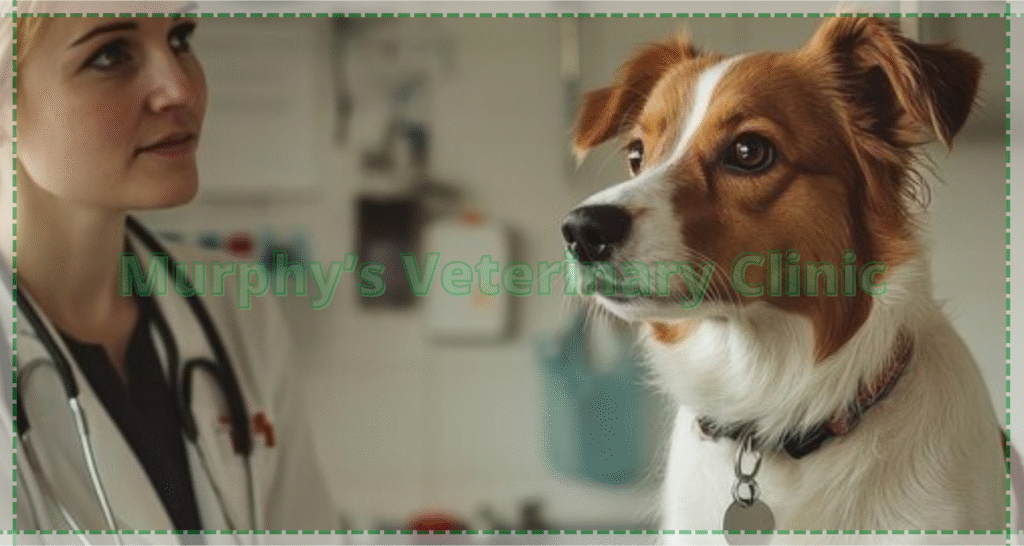
Behavioral Changes in Cushing’s Disease in Pets
Cushing’s disease in pets can result in mood swings and unusual behaviors. High cortisol levels may cause restlessness, irritability, or excessive sleepiness. Some animals lose interest in play or human interaction. In advanced stages, they may experience anxiety or even aggression. These emotional changes, along with physical symptoms, signal a hormonal imbalance. Proper medical treatment helps stabilize the pet’s mental state.
- Nighttime restlessness
- Reduced interest in playing
- Heightened irritability
- Lethargy and oversleeping
- Increased sensitivity to noise
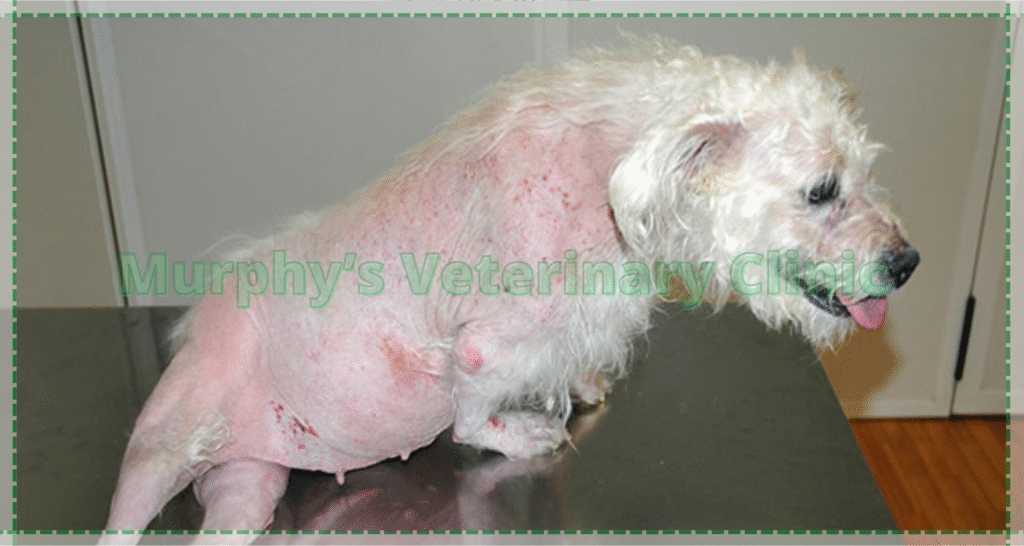
Pot-Bellied Appearance in Cushing’s Disease in Pets
Fat accumulation in the abdomen causes pets to develop a saggy and bloated belly. This is one of the most noticeable physical changes seen in affected animals. Weak abdominal muscles contribute to the shape. Sometimes it’s mistaken for ordinary obesity, delaying diagnosis.
Ultrasound and blood tests are essential for clarity. Proper treatment can reverse or reduce this appearance.
Pot-Belly in Cushing’s vs. Normal Obesity :
| Feature | Cushing’s Disease | Regular Obesity |
| Fat Distribution | Concentrated in abdomen/back | Evenly distributed |
| Skin Condition | Thin and fragile | Thick and stretched |
| Activity Level | Often very low | May remain playful |
| Abdominal Muscles | Weak and drooping | Bulky and strong |
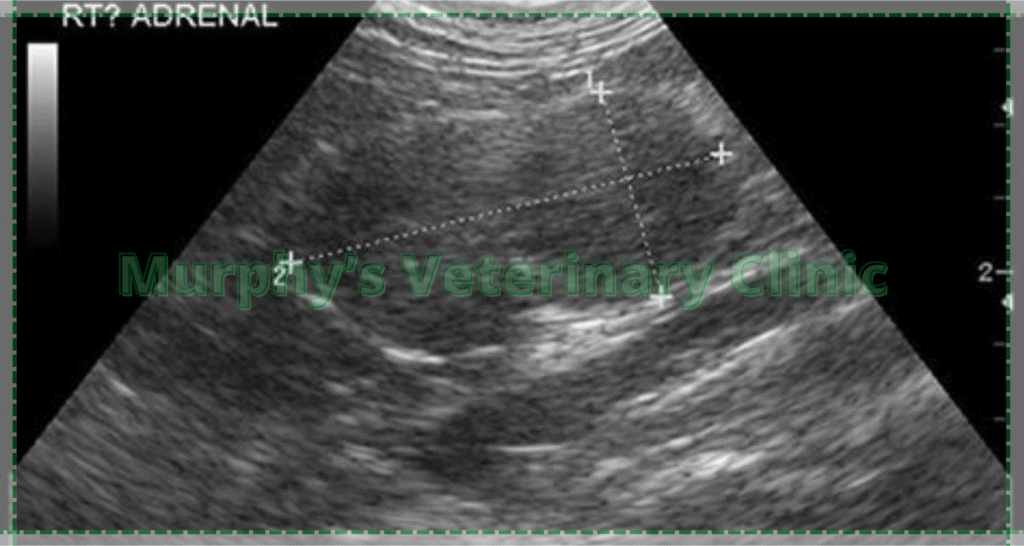
Diagnostic Methods for Cushing’s Disease in Pets
Diagnosing this condition requires advanced veterinary testing. It includes a combination of physical examination, blood/urine tests, and imaging. Common tests include ACTH stimulation or low-dose dexamethasone suppression. These help evaluate the functionality of the pituitary and adrenal glands. Ultrasound or CT scans are used to locate possible tumors. An accurate diagnosis is the foundation for successful treatment.
Common Diagnostic Methods :
| Test Method | Description |
| Blood Test | Measures cortisol and glucose levels |
| Urinalysis | Assesses cortisol-to-creatinine ratio |
| Dexamethasone Suppression | Evaluates cortisol suppression response |
| Abdominal Ultrasound | Checks gland size and tissue condition |
| CT or MRI | Detects tumors or abnormal tissue growth |
Conclusion
Cushing’s disease in pets is a complex yet manageable disorder caused by high cortisol levels. It can severely affect a pet’s quality of life, but with early detection and proper care, the disease can be controlled. Identifying early signs like hair loss, pot-bellied appearance, frequent urination, and behavior shifts is key to starting treatment.
Regular health checkups and lab tests under the supervision of a vet are crucial.
A proper diet, adherence to prescribed medications, and tracking visible and behavioral changes support recovery. Timely treatment helps minimize symptoms and extend the pet’s lifespan.
With correct information, we can avoid unnecessary suffering.
Understanding Cushing’s disease in pets enhances our responsibility toward their well-being.
If your pet shows concerning symptoms, consult your veterinarian promptly.
Awareness and prompt action are the keys to protecting our beloved pets.
Murphy’s Veterinary Clinic offers specialized diagnostic and treatment services for Cushing’s disease in pets using modern equipment and a skilled veterinary team.
Their services include advanced hormone testing, ultrasound imaging, and personalized treatment plans.
They also provide nutritional advice and long-term care monitoring.
If your pet shows symptoms of Cushing’s disease in pets, Murphy’s Clinic is ready to assist in diagnosis, management, and recovery.


